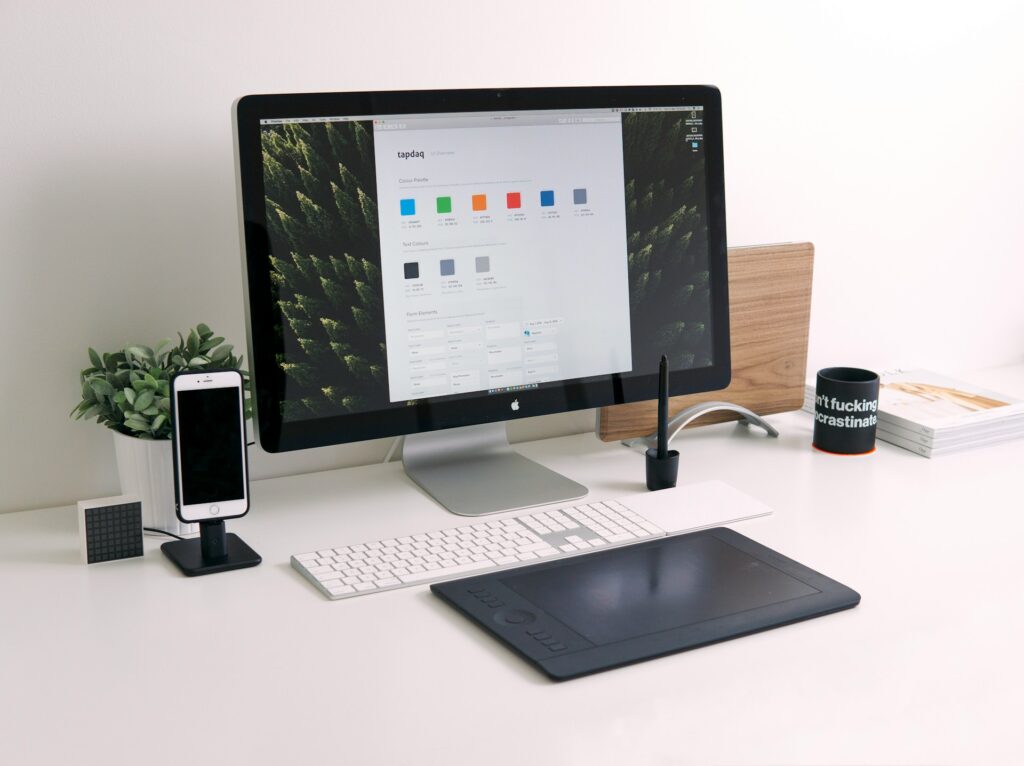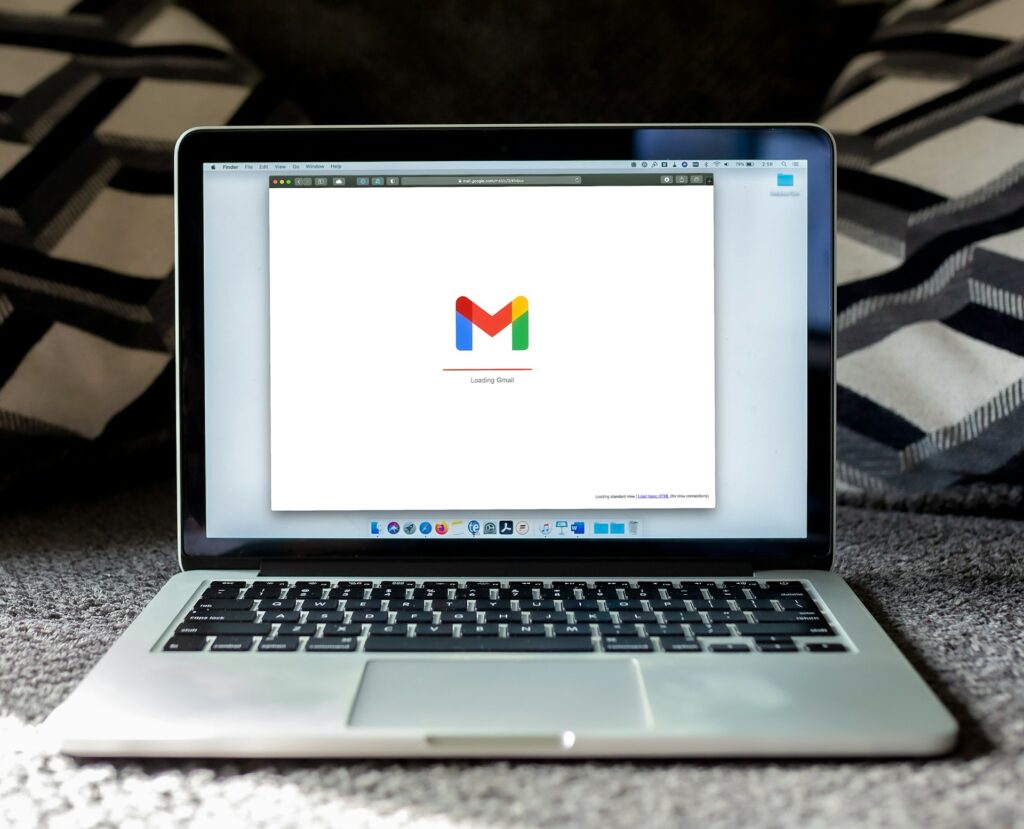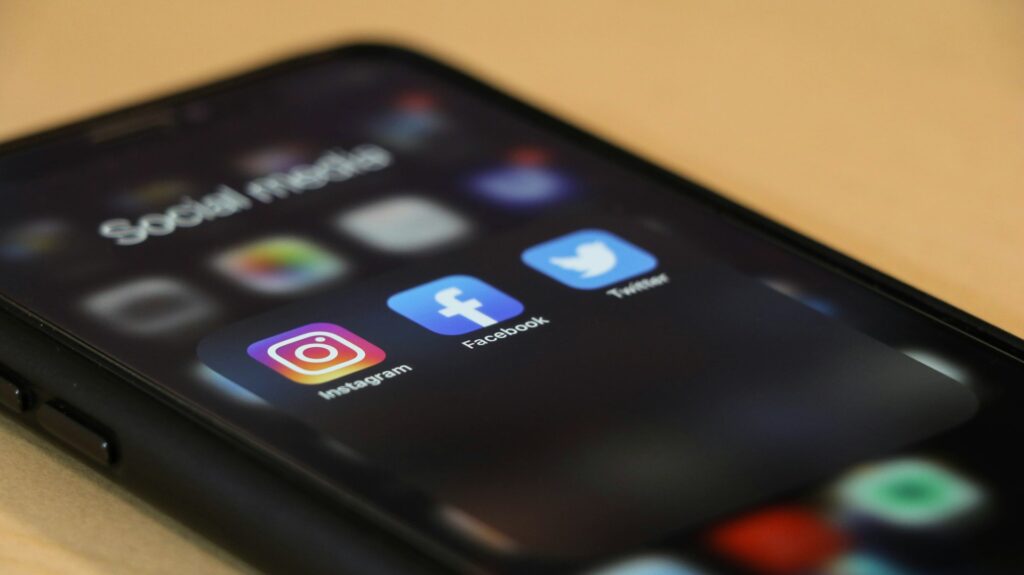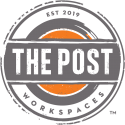
“Does it spark joy?”
It’s the key question Marie Kondo recommends asking when deciding what to keep or get rid of during a home tidying session.
And while it’s unlikely your digital files and emails will have the same joyful effect as clothing or sentimental items, the principles of decluttering and organization stand for your online life, too.
Prioritizing digital workspace efficiency helps:
- Reduce stress and overwhelm every time you open your computer.
- Organize key information in an easy-to-use manner.
- Clear up space on your hard drive for better performance.
- Prioritize important documents, tasks, or projects.
- Create an attractive and aesthetically pleasing organization system.
- Manage cybersecurity and online safety concerns.
Consider it a spring cleaning for the virtual world—just as necessary as the one for your home!
Here we’ll explore nine key strategies to declutter your digital life and achieve online zen.
9 Digital Organization Tips for Increased Productivity
Decluttering your digital life is key for all professionals. Not only does it help you understand exactly what you have and need to access, but it reduces stress in your daily life.
Instead of sifting through a pile or emails or files to find what you need, a comprehensive digital filing system and overall organized digital workspace make it easy.
Here are nine key digital organization tips for you to implement today.
1. Organize Your Desktop
Your first step for digital workspace efficiency is to overhaul your computer desktop and digital filing system. It’s what you look at and navigate every single day and, therefore, needs to be tidy and organized.
Here are some tips to try:
- Clear your desktop: Move files into appropriate folders and delete apps you don’t regularly use. Use this space for top priority or frequently-accessed information and apps, not as a “junk drawer” for your computer.
- Update your wallpaper: Choose an image or design that is calm and pleasing to look at, and commit to keeping a clean desktop moving forward.
- Organize your files: Look through your digital filing system and delete unused folders and files, create better names, implement a cohesive naming scheme, and ensure they’re easy to access.
- Backup your documents: Use a cloud-based storage system to backup important files so you know you’ll always have what you need.
2. Get to Inbox Zero

Next up, your emails. Inbox zero—getting your entire inbox cleared out and organized in files—doesn’t have to be your ultimate goal, but ruthless organization tactics should be!
Try these email organization strategies:
- Delete old emails: Simply scroll through your inbox and delete things you don’t need to clear out space.
- Use folders: Look at your folders, tags, or other organization systems and update them so they’re working for you. Delete ones you don’t use, create easy-to-use options, or rearrange the order so it’s more intuitive.
- Unsubscribe: If you don’t want a bunch of junk filling your inbox again, start unsubscribing! Make it a point to always unsubscribe from something you don’t find value in so you don’t keep receiving it.
- Learn your program: Take time to learn some tips and tools for the email system you use. This might include how to tag emails for better organization, auto-replies, search functions, or more. You’ll learn key email organization strategies that will help you stay on top of everything.
4. Cull Your Apps and Programs
The next thing to do is go through all of your apps, tools, or programs you use and cull things back. Be honest about what you actually use and what you actually get value from—if it’s not one of those things, then it’s time to go!
When it comes to mobile apps, consider what you really need on your phone or not. Some mobile apps are necessary, while others (i.e., social media) only serve as distractions.
Delete anything that doesn’t add value or that you don’t use on a regular basis. This is a great way to free up memory on your phone, but also clear the clutter that isn’t helping you in any way.
5. Choose the Right Organization Tools
You don’t want to delete everything, but focus on the right tools and apps that support your work goals and priorities. There are many productivity and task management tools available today, so take time to consider what the best options are for you.
Be honest when you evaluate your current programs and ask:
- Do I use this tool regularly? Does it offer value?
- Is the price for this program worth it?
- What other tools could I look at using instead?
Our guide on the eight hottest tools and apps for pros in 2024 is a great place to start when choosing your ideal task management tools.
6. Audit Subscriptions and Social Media Accounts

Not only is culling your apps and programs a key step, but it is also important to evaluate what you’re looking at within each of them. Take time to audit your subscriptions and who you follow on social media.
Who you decide to delete or keep depends on your goals, but here are some suggestions:
- Remove accounts that promote distraction or discontentment (the question, “does this spark joy?” is helpful here!)
- Increase your privacy by adjusting your settings or evaluating who you want to be following you.
- Mute accounts that post too often.
- Untag yourself from unwanted posts and pictures.
- Delete photos or content that doesn’t represent your current personal or professional life stage.
7. Manage Your Passwords
With nearly every website, program, or app using different password requirements, it’s easy to lose track of your login information.
Consider using a password manager like LastPass or 1Password to keep track of everything. It’s one of the best task management tools to implement because it frees up a ton of brain space!
Or, at the very least, create a system for your passwords that make it easier to remember (i.e., you use a few common variations of the same password).
Also take time to look at your password management system on your web browser and go through all saved information. While you may want to keep some, for security reasons it’s a good idea to delete information that isn’t necessary anymore.
8. Go Through Your Photos
Depending on how often you take photos, this may be a project over a few sessions. Organizing your photos is more challenging than some of these other tasks because they’re tied to sentimental and special memories.
Use these two tips as you’re going through your photos.
- Use built-in support: For example, Google’s “clean up space” option will help identify large photos, blurry photos, screenshots, and other categories you may want to get rid of.
- Curate photos: Start to pull together photos you absolutely love, either to print them physically or create digital photo albums.
9. Remember Security Considerations
As you’re going through this entire process to declutter your digital life, don’t forget about digital workspace security. Now is a great time to increase your online privacy and security to protect yourself from cyber attacks or threats.
You can do this by:
- Regularly updating your software.
- Using strong passwords.
- Limiting what you do on public networks or using a VPN when you don’t have access to a private network.
- Encrypting sensitive files.
You can also read about some key ways to evaluate your business’ cybersecurity if you manage a bigger network of devices.
Choosing the right workplace is also key for digital workspace security. Working from a coworking space like The Post offers secure, private Internet connections which is much better than using a public WiFi network from a coffee shop, for example.
If you’re looking for a secure workplace to optimize your productivity and reach work goals, you’ll find it at The Post. Book a tour today and see what we’re all about.
